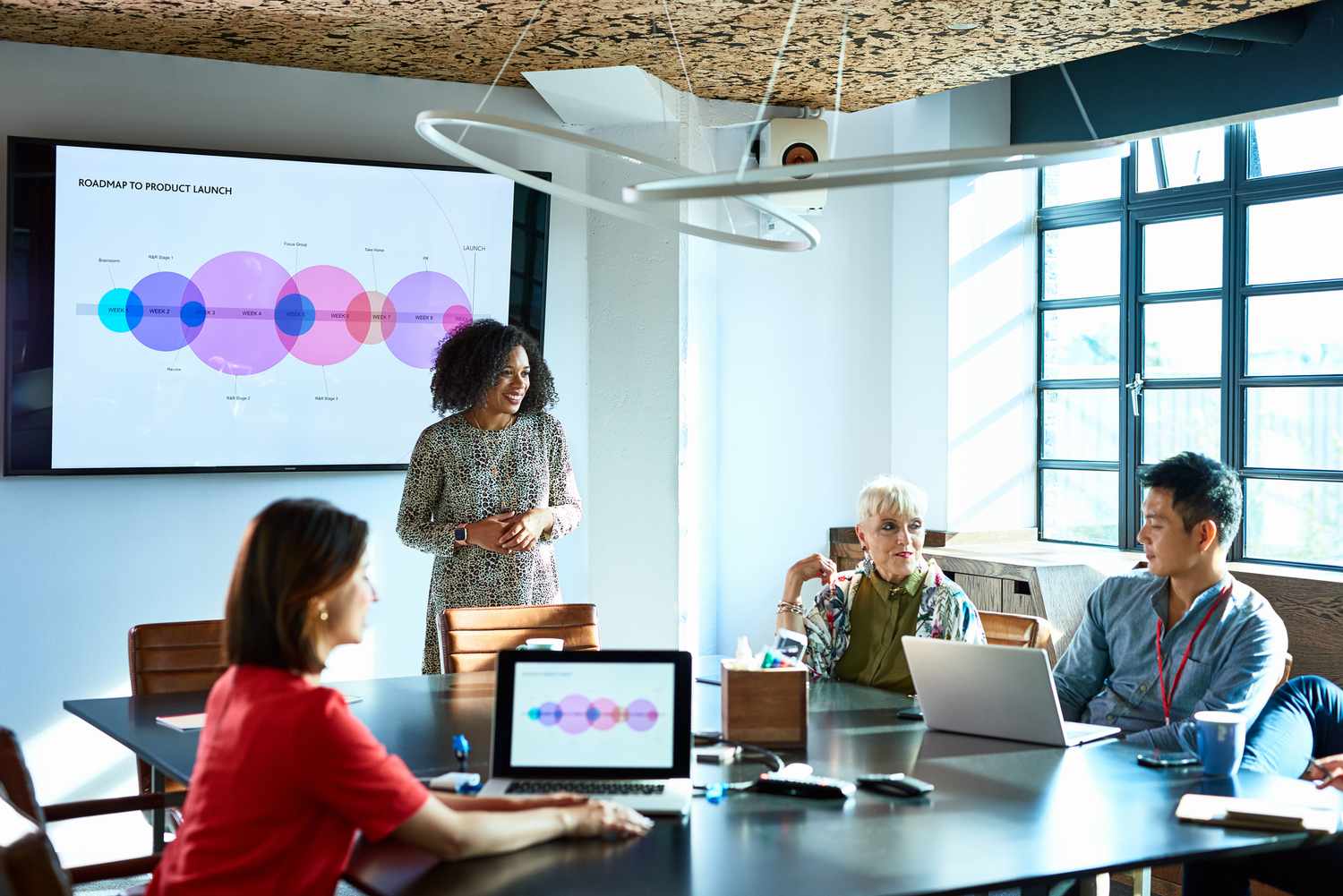Cold plunges have surged in popularity among wellness enthusiasts. Known for their refreshing jolt and reported benefits such as improved circulation, reduced inflammation, and boosted mood, it’s no surprise that people from all walks of life are giving cold immersion a try. But when it comes to pregnancy, a time of profound physiological changes, the question arises: can you do a cold plunge while pregnant? This seemingly simple inquiry becomes more complex when health, safety, and fetal development are on the line.
The interest in cold plunging stems from its stimulation of the body’s natural processes. Yet during pregnancy, the body is already adjusting to new hormonal balances, altered blood flow, and increased metabolic activity. Understanding the compatibility between cold water immersion and pregnancy requires not only a look at existing scientific literature but also a practical grasp of what a cold plunge actually does to the body. Knowing how these changes may interact with pregnancy can help expecting mothers make informed decisions that prioritize their well-being and that of their developing baby.
How Cold Plunging Affects the Pregnant Body
At its core, cold plunging is a stressor. The body is briefly shocked into a state of heightened alert, triggering the release of adrenaline and cortisol. Blood vessels constrict to preserve core temperature, and heart rate increases temporarily. This intense physiological response, although brief, can be risky for those whose systems are already under additional strain—such as pregnant women.
During pregnancy, a woman’s cardiovascular system adapts to support the growing fetus. Blood volume increases, the heart works harder, and blood pressure can fluctuate. Introducing the sudden shock of cold water immersion can further stress this delicate system. For someone wondering, can you do a cold plunge while pregnant, it’s important to note that while some women may tolerate it without noticeable effects, others may experience dizziness, faintness, or irregular heart rhythms as a result.
The body’s response to cold also affects uterine blood flow. A sharp constriction of blood vessels could theoretically reduce the oxygen supply to the fetus, especially if the immersion is prolonged or extreme. While brief cold exposure might not always result in measurable harm, the margin for error during pregnancy is small. Therefore, even minor disruptions in oxygen delivery or blood pressure can become cause for concern.
Hormonal shifts add another layer of complexity. Pregnancy hormones like relaxin loosen joints and ligaments, preparing the body for childbirth. While this process is essential, it also makes pregnant individuals more prone to instability and injury. The slippery surfaces commonly found around cold plunge setups, coupled with a lowered core body temperature, can increase the risk of falls or muscle strain.
Risk Versus Benefit: Is It Worth It?
Supporters of cold plunging often cite benefits like enhanced mood, reduced muscle soreness, and increased mental resilience. While these advantages may be appealing during a physically and emotionally demanding pregnancy, it’s essential to ask if the risks are justified. Can you do a cold plunge while pregnant without endangering yourself or your baby?
Currently, there is no definitive medical consensus affirming the safety of cold plunges during pregnancy. Unlike more extensively researched activities like prenatal yoga or swimming, cold water immersion lacks comprehensive studies focused on pregnant participants. The lack of data doesn’t inherently mean danger, but it does create a gray area in terms of safety guidelines.
For those who practiced cold plunges regularly before pregnancy, the body may already be somewhat adapted to the intense exposure. However, this doesn’t eliminate the risks entirely. A pregnancy changes how the body regulates temperature and blood flow, meaning that even seasoned cold plungers might react differently during this time.
Mental well-being is another element to consider. Pregnancy can bring about emotional fluctuations, and some may feel that a cold plunge provides a temporary lift in mood. Still, safer alternatives like gentle walks, mindfulness exercises, or prenatal massage can offer similar benefits with far fewer uncertainties.
Medical professionals typically recommend moderation in most activities during pregnancy. Anything that causes sharp temperature changes—whether a hot tub or a cold plunge—is usually discouraged. That doesn’t mean cold showers or cool baths are off the table; the key distinction lies in the intensity and duration of the cold exposure. If you’re still pondering can you do a cold plunge while pregnant, keep in mind that even a short session might carry unrecognized consequences, especially if done without medical oversight.
Listening to Your Body and Your Doctor
No pregnancy is exactly the same. Some women move through all three trimesters with little discomfort or complication, while others must constantly adjust due to blood pressure concerns, gestational diabetes, or a history of miscarriage. This variability underscores the importance of individualized advice. Even if someone you know swears they cold plunged daily during their pregnancy with no issues, …











